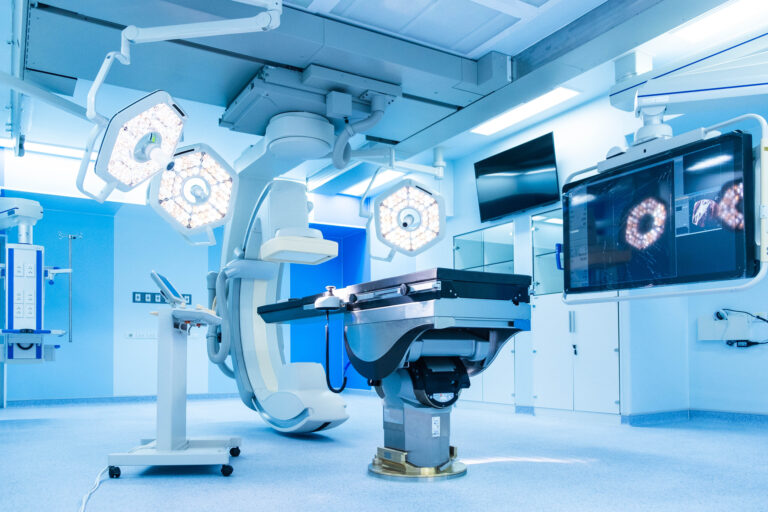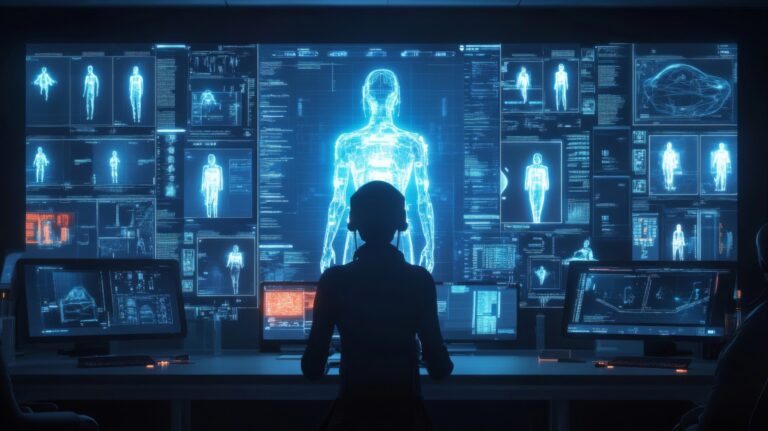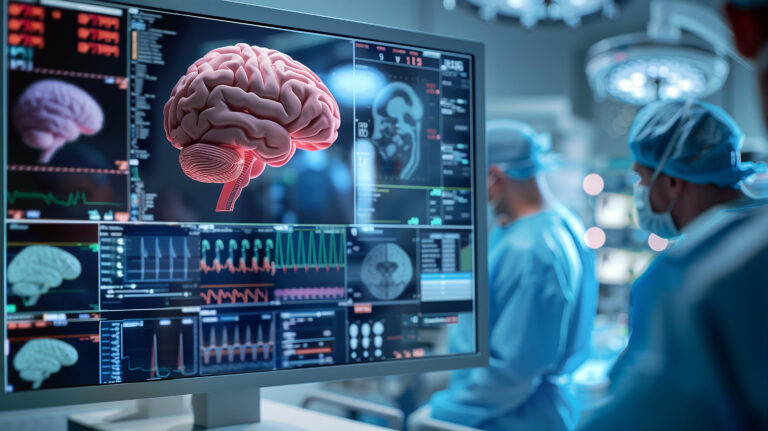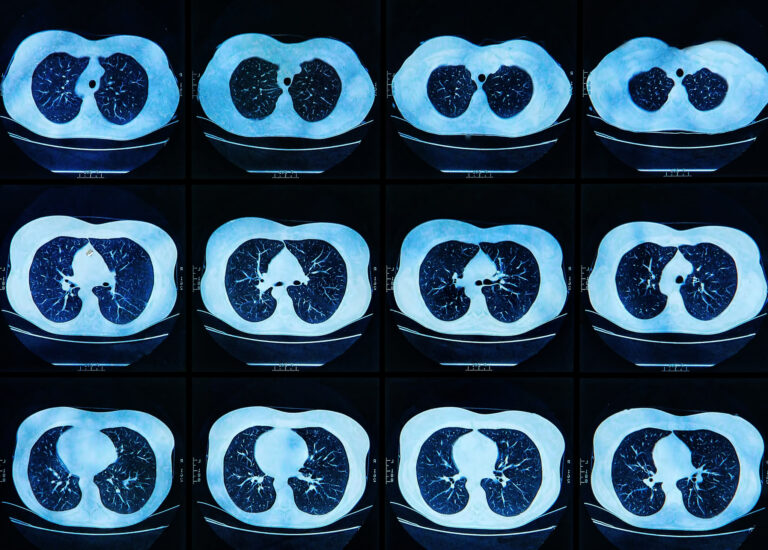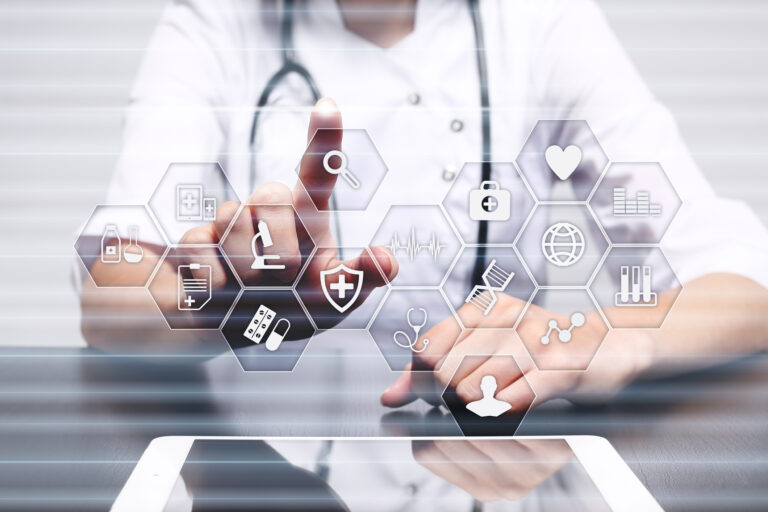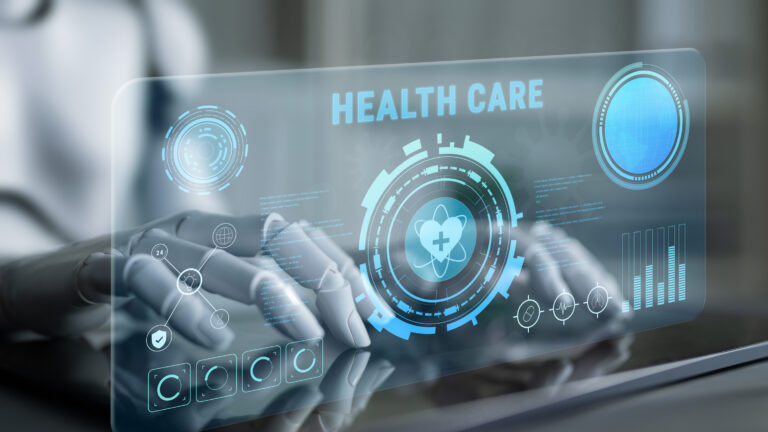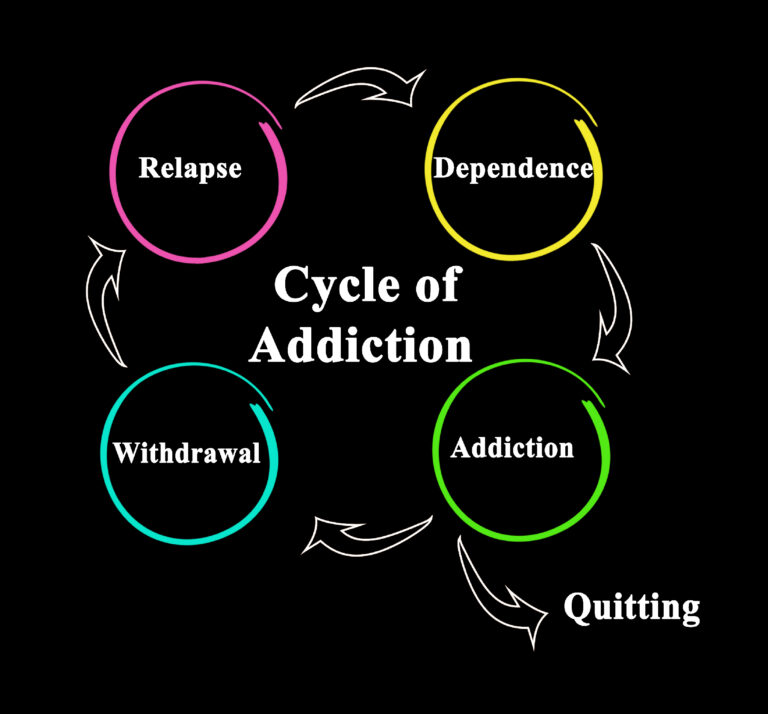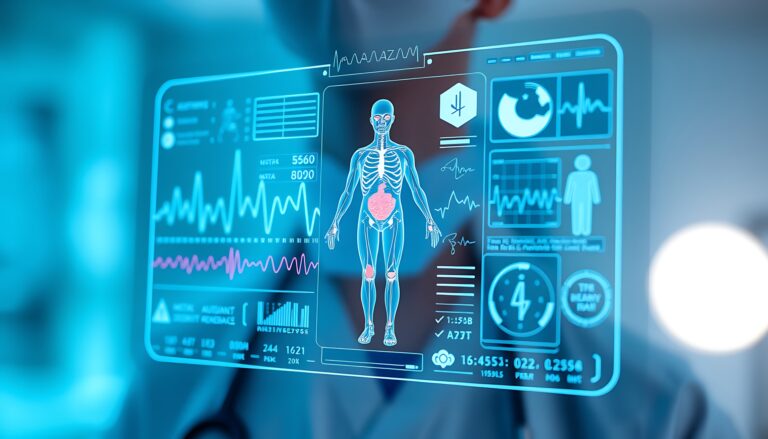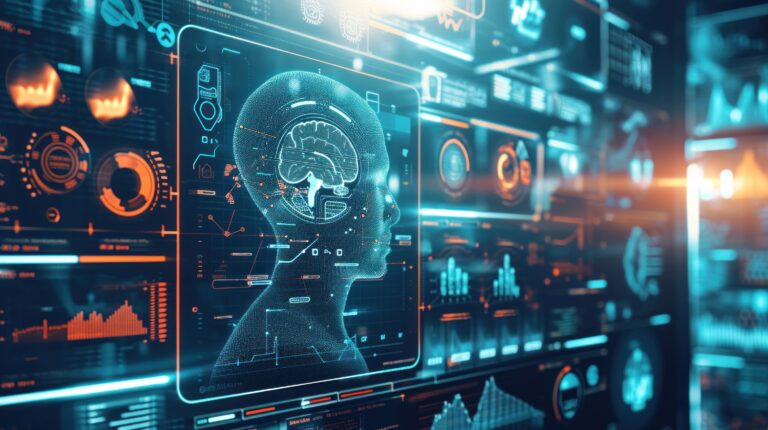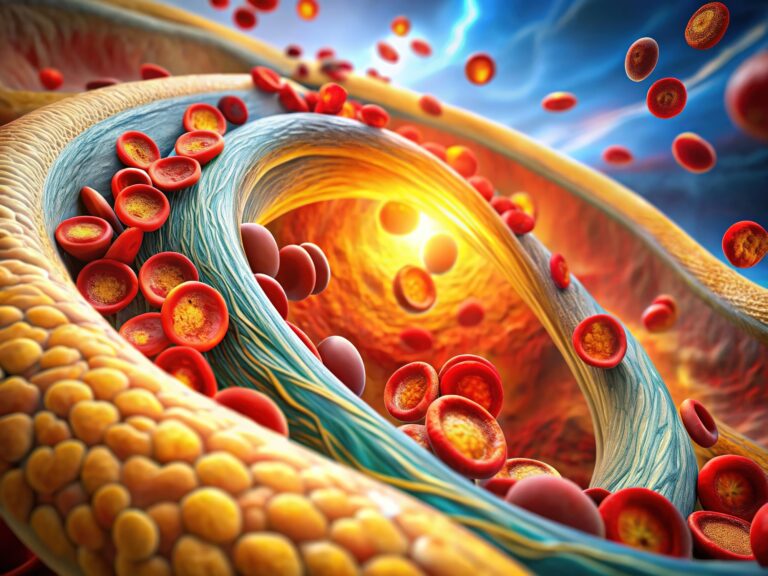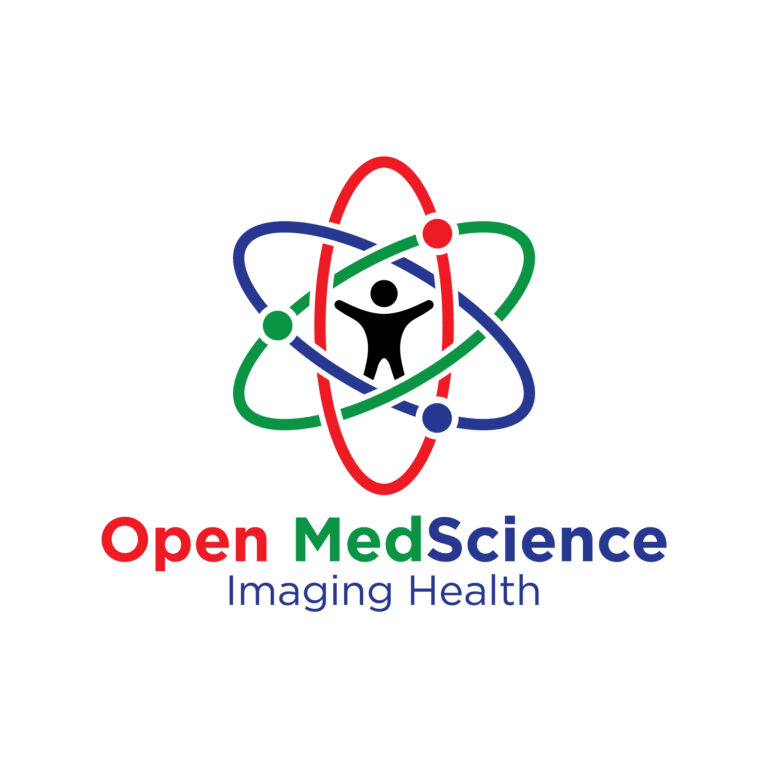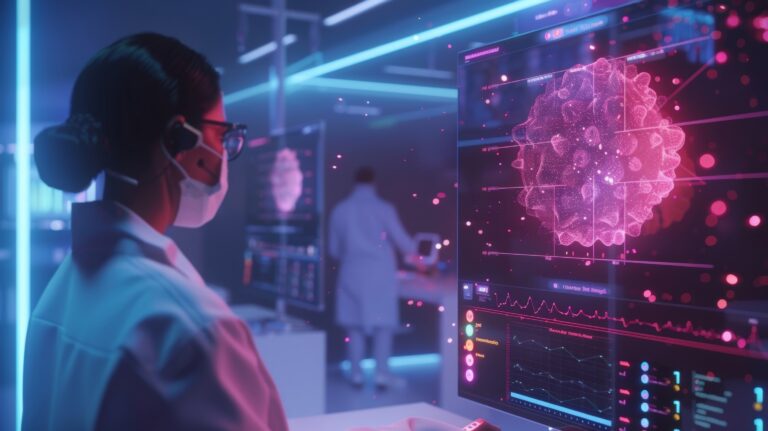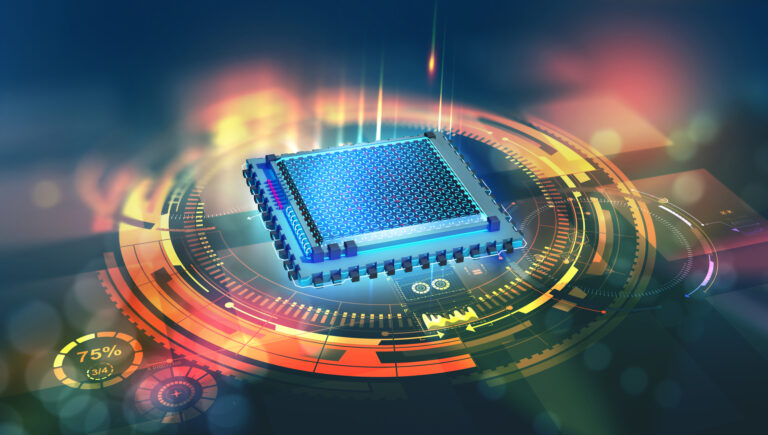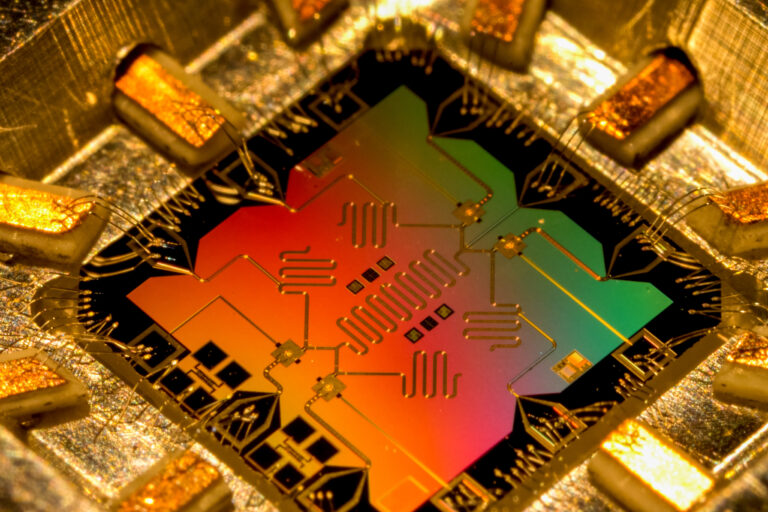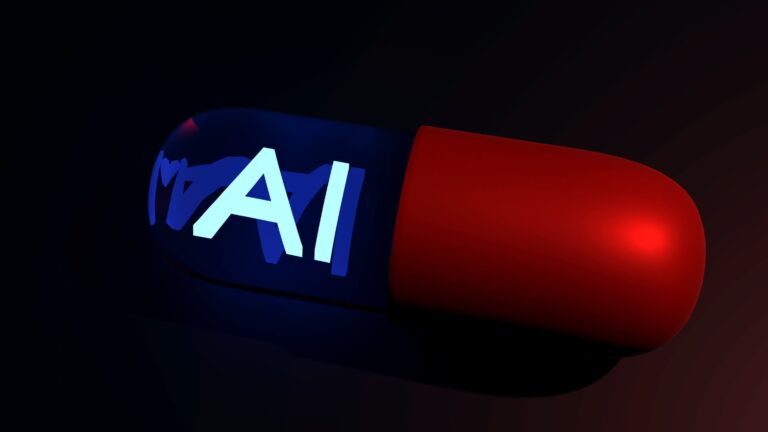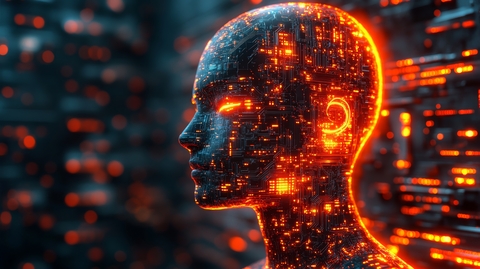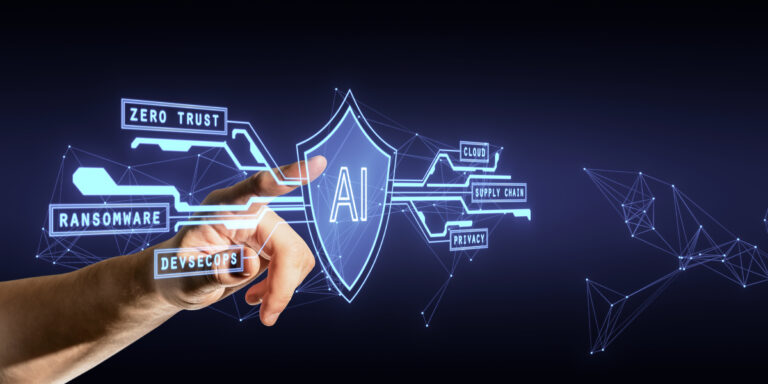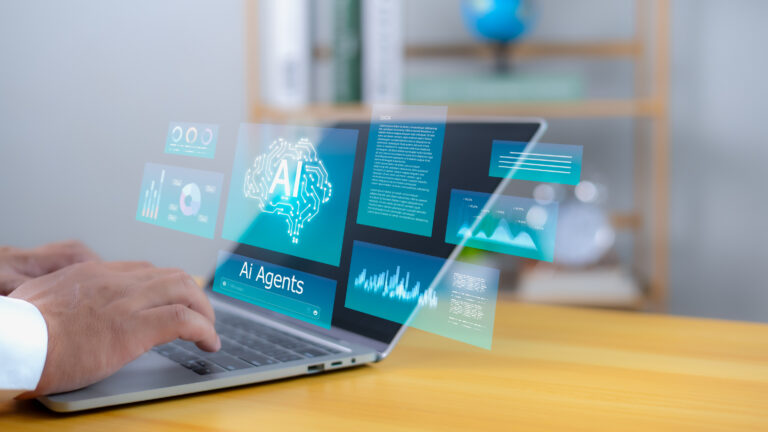Radiomic Machine Learning Models
Radiomic machine learning models are transforming medical imaging by extracting quantitative data from radiological scans to assist in diagnosis, prognosis, and treatment planning. These models utilise radiomics, a field that converts medical images into high-dimensional data, allowing for the identification of patterns and features that may not be visible to the human eye. Machine learning algorithms process these datasets to develop predictive models that can enhance clinical decision-making.
The Radiomics Process
Radiomics involves multiple stages, beginning with image acquisition, followed by pre-processing, feature extraction, and model development. High-quality imaging, such as computed tomography (CT), magnetic resonance imaging (MRI), or positron emission tomography (PET), is crucial for reliable data extraction. Pre-processing techniques, such as normalisation and noise reduction, improve the consistency of the input data.
Feature extraction is a core component of radiomics. It involves quantifying attributes like shape, texture, intensity, and wavelet transformations from imaging data. These features provide detailed information about tissue heterogeneity and structural differences in lesions. However, the large number of extracted features often requires dimensionality reduction techniques, such as principal component analysis (PCA) or least absolute shrinkage and selection operator (LASSO), to eliminate redundancy and retain the most relevant predictors.
Machine Learning Approaches
Machine learning methods used in radiomics can be broadly categorised into supervised and unsupervised learning. Supervised learning, including algorithms like support vector machines (SVM), random forests, and deep neural networks, is commonly employed to classify lesions, predict disease progression, or estimate treatment response. These models are trained on labelled datasets, enabling them to recognise patterns associated with specific clinical outcomes.
Unsupervised learning, including clustering algorithms such as k-means or hierarchical clustering, helps identify hidden subgroups within medical imaging data. These approaches are particularly useful for discovering novel imaging biomarkers without requiring predefined labels.
Deep learning, particularly convolutional neural networks (CNNs), has gained significant attention in radiomics. CNNs can automatically learn hierarchical features from imaging data, reducing the need for manual feature engineering. This advantage makes deep learning models particularly effective for complex imaging tasks such as tumour segmentation and classification.
Challenges and Future Directions
Despite their potential, radiomic machine learning models face several challenges. Standardisation of imaging protocols remains a significant issue, as variations in scanner settings and acquisition parameters can introduce biases. Additionally, external validation on independent datasets is essential to ensure the generalisability of these models in clinical practice.
Future advancements may involve integrating radiomics with other omics data, such as genomics and proteomics, to develop more personalised treatment strategies. Federated learning, which allows models to be trained on multiple datasets without sharing patient data, could also improve model robustness while maintaining privacy.
As radiomic machine learning models continue to evolve, their integration into clinical workflows has the potential to improve diagnostic accuracy, enhance treatment planning, and contribute to precision medicine.
You are here:
home » Radiomic Machine Learning Models

